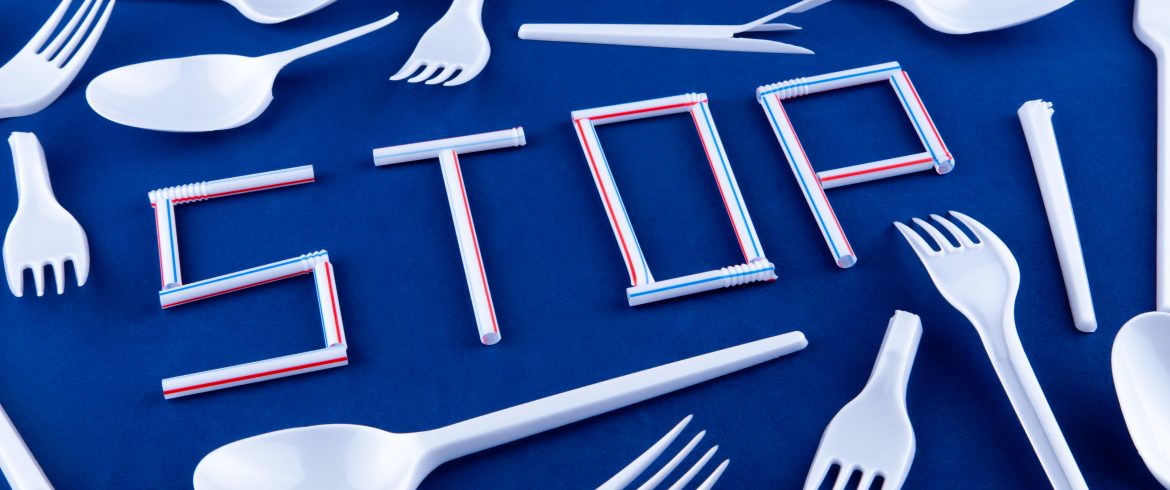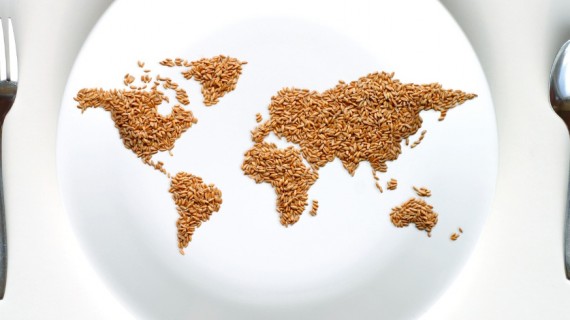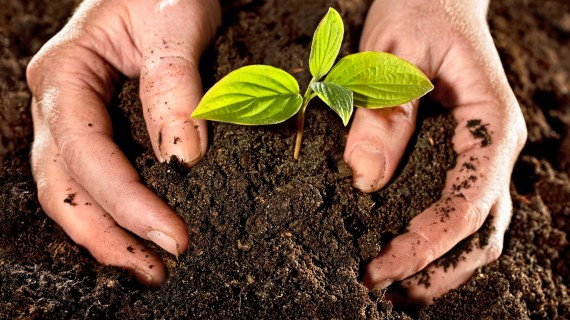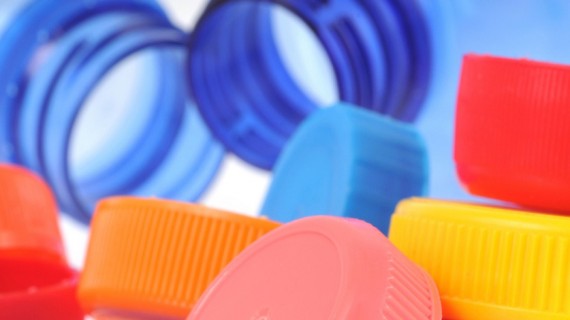If you know or are approaching the Zero Waste world, you probably have heard of the 5 rules to reduce waste in everyday life, to become more eco-sustainable. But what exactly are these 5 rules? And how can we apply them? Let’s find out in this article!
1. Refuse
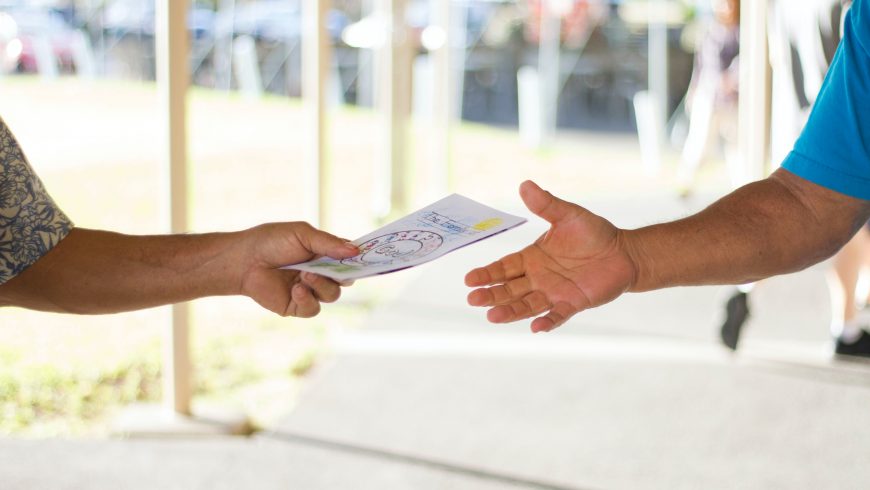
Refusing the things we do not really need or that do not bring value to our lives is the first step towards a lower environmental impact. In fact, every object that we accept/buy and then do not use, it will have been produced for nothing and will be wasted.
To figure out what to buy and what to refuse, all we need is to ask ourselves: “Do I really need it?” “If it does not have a real utility, does it value my life?”
Here are some practical examples of products you could say no to:
- Disposable Samples: we often take them only because they are free or available in the hotel room, but, if we do not actually use them, they only represent a waste of resources.
- Leaflets and Brochures: accepting only those that really interest us is a great way to contribute to the reduction of paper waste.
- Discounted Items: during the sales period we are more likely to buy as many products as possible, precisely because they are on sale. Especially at that moment, in order to avoid accumulating unused objects, we have to ask ourselves if we actually need them.
2. Reduce
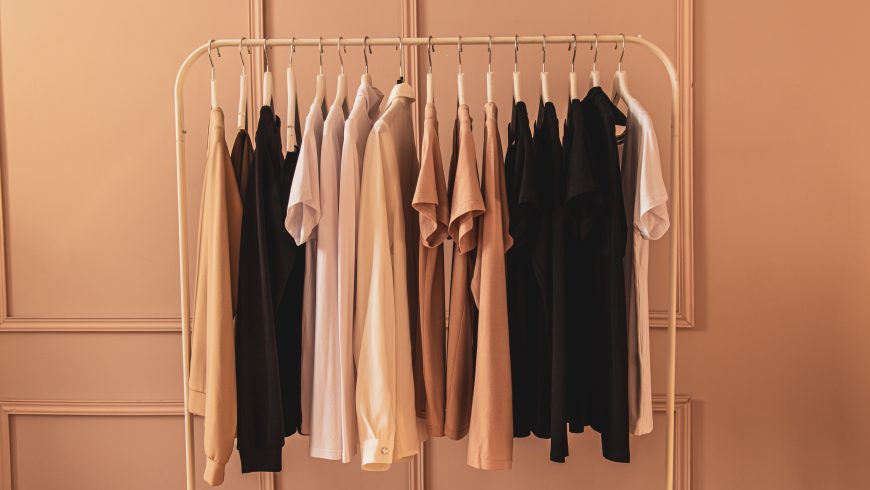
Reducing the purchase of new products is one of the most important rules for reducing waste. Besides refusing superfluous objects, we should also reflect on the number of things we believe we need. In a society based on hyper-consumption and throwaway culture, walking the path of minimalism is revolutionary.
Examples of objects of which we can reduce the quantity:
- Clothing: on average we only wear a piece of clothing 7 times and we only use 20/30% of what we have in the wardrobe. Do we really need more clothes?
- Cosmetics: it is not said that we need many different products to take care of our skin. They could actually have the opposite effects and damage it. We should simply start using the right products for us and our skin type, and, in order to understand which ones we have to choose, we could go to a dermatologist.
- Food: how many times do we buy more food than we actually need? In order to overcome this problem, it is useful to make a shopping list (and respect it) before going to the supermarket. Another useful trick is not to go shopping while we are hungry. Lastly, it can be very beneficial to learn about the marketing mechanisms that rule supermarkets.
3. Reuse

In order to reduce waste, we should firstly try to reduce the amount. For this reason, among the 5 rules for reducing waste, the third one suggests choosing reusable and quality products. For example, we can buy a water bottle instead of several plastic bottles, or lunch boxes with reusable cutlery and cloth napkins. Even clothing, in order to last longer, should have a higher quality than that of big fast fashion brands.
Reusing objects also means giving them a new life, after they have finished their initial function. Engaging in upcycling or creative recycling projects can be useful and fun.
4. Recycle
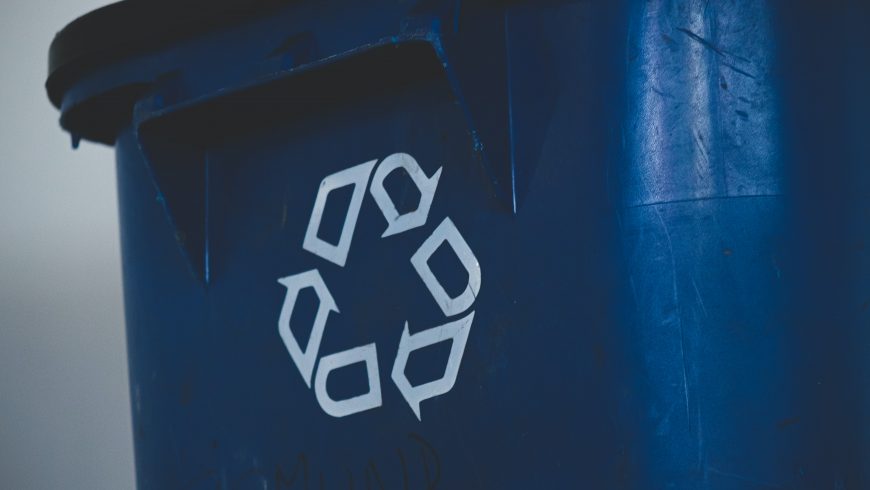
When it is not possible to refuse, reduce and reduce, then we can move to the fourth rule: recycle. This should be a solution to be adopted in the absence of alternatives. In fact, recycling involves a significant consumption of resources and energy. In addition, in Western countries, the amount of waste is so high that recycling plants cannot deal with all the demand.
However, choosing and buying recyclable products is preferable. So, avoid buying objects that will be thrown in the undifferentiated bin, such as composite materials or, for example, coffee capsules. As regards plastic, it cannot be recycled indefinitely, and not all plastic products are recyclable.
Prefer, therefore, glass and aluminum objects, recyclable basically indefinitely, or in any case products with single-material packaging.
5. Rost
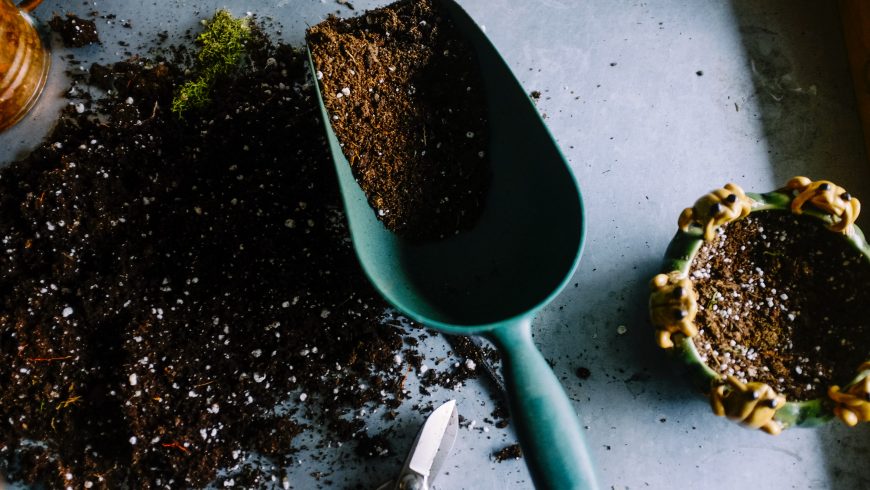
Finally, organic waste can be transferred to industrial composting plants, through separate collection, or transformed into compost at home. Composting is a process that allows transforming organic waste into fertile soil, useful in agriculture. It is excellent to put the circular economy into practice.
So, whenever possible, choose organic products. Be careful though, because, in order to throw them in organic waste bins, the label must indicate “biodegradable and compostable”.
Here are some examples of products with compostable alternatives:
- Compostable coffee capsules
- Bamboo toothbrush
- Compostable plates, glasses, and cutlery
- Compostable pads
Final worlds
To conclude, in our small way, by applying the 5 rules to reduce waste we can really make a difference for a world with less wastage. To play our part we need to start with two simple questions: “Do I really need it?” “If I need it, there is a more sustainable alternative?”
Cover Image: Volodymyr Hryshchenko on Unsplash
